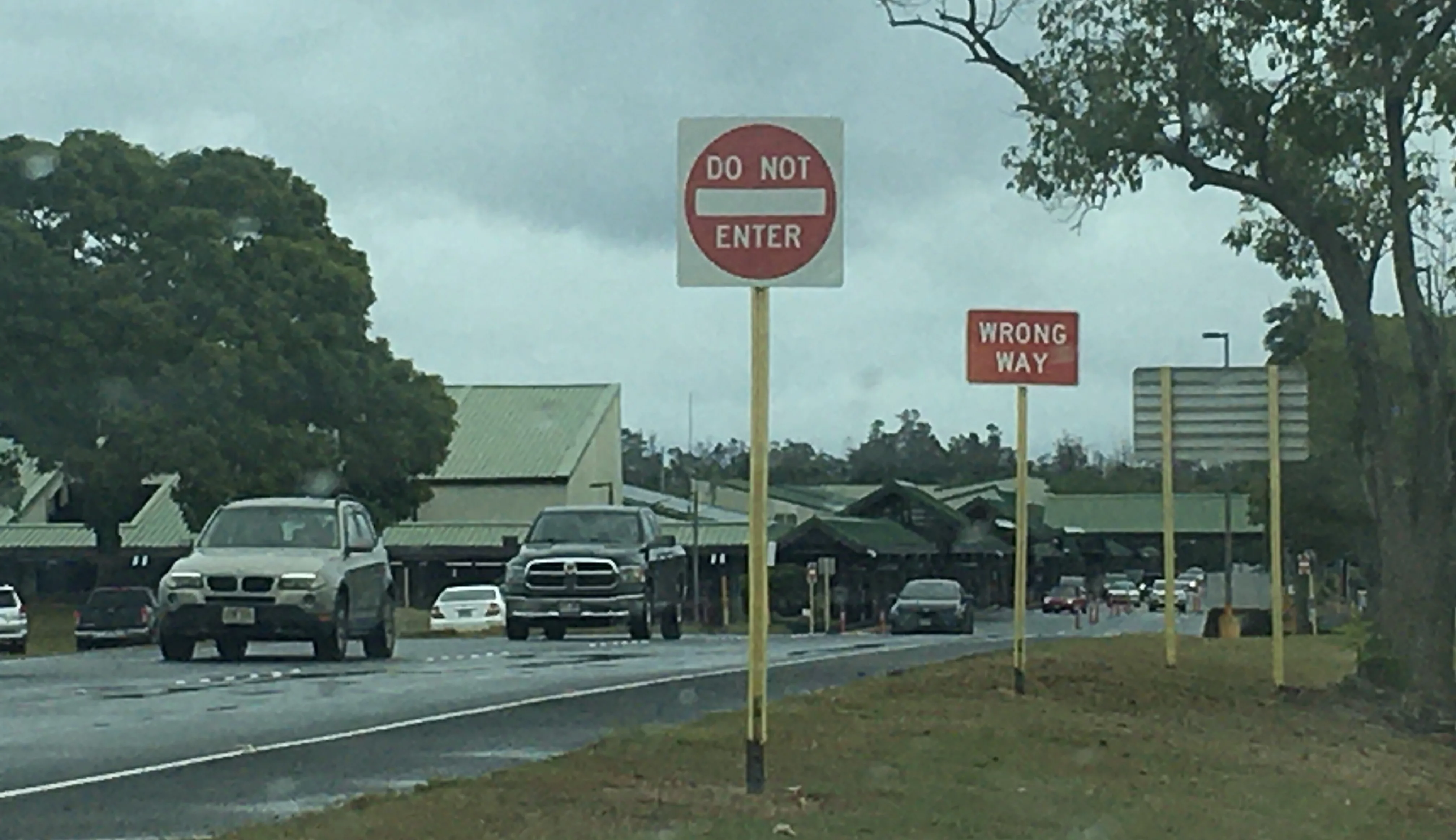The Johns Hopkins COVID-19 Dashboard for Wednesday, August 5, at 7:34 a.m.:
Worldwide cases: 18,601,795 Worldwide deaths: 702,045
U.S. cases: 4,789,383 U.S. deaths: 157,266
According to the Dashboard, the reported worldwide cases increased by 242,742 in the last 24 hours. The worldwide death toll in the past two days increased by 6,336.
According to the Johns Hopkins Dashboard, the United States has added 50,530 cases in the last 24 hours, and reported deaths attributed to COVID-19 have increased by 1,225.
Hawaii has had case counts in triple digits, or close to it, for several days, with the state now having 1,210 active cases as of Tuesday afternoon, with 2,591 cumulative cases of COVID-19. On Tuesday, the state added 144 cases, with 139 on O’ahu and 5 new on the Big Island.
As of Tuesday afternoon, 7 cases out of Hawaii County’s 122 cumulative were active cases. It’s known that one case is an employee at the Waimea Circuit Courthouse, and one person at Liberty Dialysis in Hilo tested positive. Judiciary employees who’d been working in the Waimea Courthouse were all asked to get tests on Tuesday, and the Waimea Courthouse will be closed through Friday. Liberty Dialysis had its employees tested and worked with the County and Premier Medical Group to set up a pop-up COVID-19 test site Tuesday afternoon at Afook-Chinen Auditorium for community members.
O’ahu has the most cases in the state at 2,221 cumulative and 1,057 released from isolation, and on Tuesday, City and County Mayor Kirk Caldwell had a press conference at which he called the O’ahu situation “the crisis of our time.” He was joined by Dr. Jill Omori, the City and County of Honolulu Infectious Disease Officer and Dr. Libby Char, an emergency physician and formerly the advisor to Honolulu Emergency Medical Services. They reinforced how important it is for everybody to practice the well-known COVID-19 precautions (masks, distancing, hygiene). Dr. Omori said 100% masking would be more effective than a lockdown, and urged everybody to wear masks when out in public. Dr. Char said everybody knows there is a pandemic, and everybody needs to act smartly. Mayor Caldwell was visibly upset about what he and the two physicians called irresponsible behavior that can potentially jeopardize the health of others.
Most cases in the state now are the result of community spread. The State Health Director, Bruce Anderson, on Monday called the coronavirus endemic, and that it was getting difficult to track where people are being exposed. Mayor Caldwell said he has tried to pin down State Department of Health on exactly how many contact tracers it has. This morning the State Department of Health website says it has 105 contact tracers working, but during press conferences in the past ten days, State Health Director Anderson said said it had 70, had hired 20 last week and 20 more coming out of 400 the State says have been trained at University of Hawaii for the job.
Monday at the State House Select Committee on COVID-19 update, Ray Vara, CEO of Hawaii Pacific Health, said he’s concerned that the steep rise in cases may stress the capacity of our state’s hospitals to handle a potential surge in COVID-19 cases. Vara said all predictions of the state’s hospitals’ capability to handle the state’s COVID-19 cases was based on the State having adequate contact tracing and adequate testing, and on the cooperation of people in wearing masks and maintaining social distancing. He said none of that was happening. On Monday, 75 people were reportedly hospitalized with COVID-19, but by Tuesday, the number was up to 138.
In an interview with health professionals from Kaiser Permanente, which insures more than 250,000 people in the state, Chief Nurse Executive Kate Roche told New West Broadcasting’s Sherry Bracken that there are a couple of factors at play relative to hospitalizations. More younger people are getting COVID-19, and fewer of them require hospitalization, plus medical professionals at hospitals around the state have learned much as the novel coronavirus has developed since March. Initially they were quicker to intubate patients, but now they do more advance lung therapy to try to avoid intubation, as there are other effects from the intubation itself plus being in a coma or immobile for some time. So there have been fewer people intubated or in the ICU.





